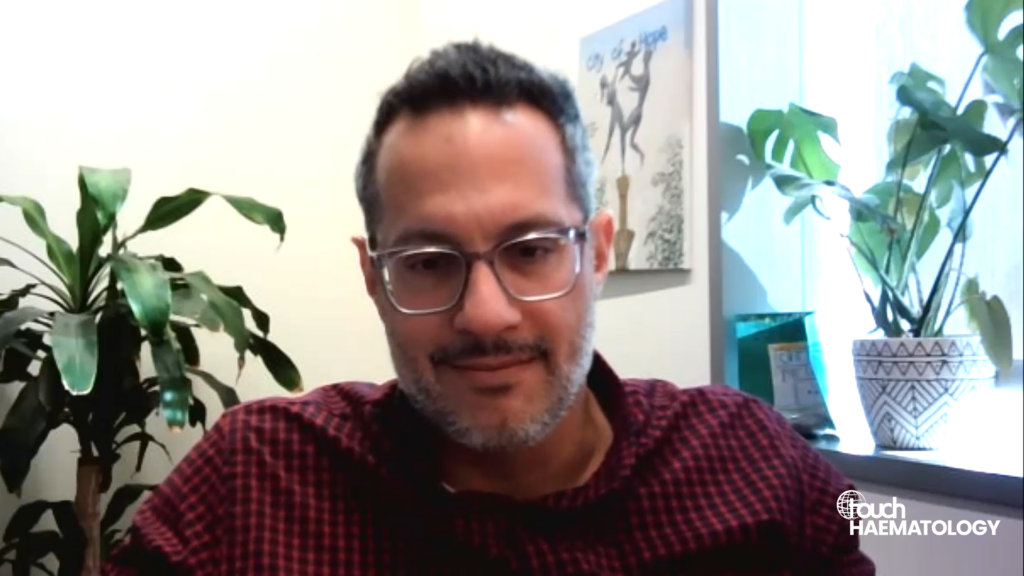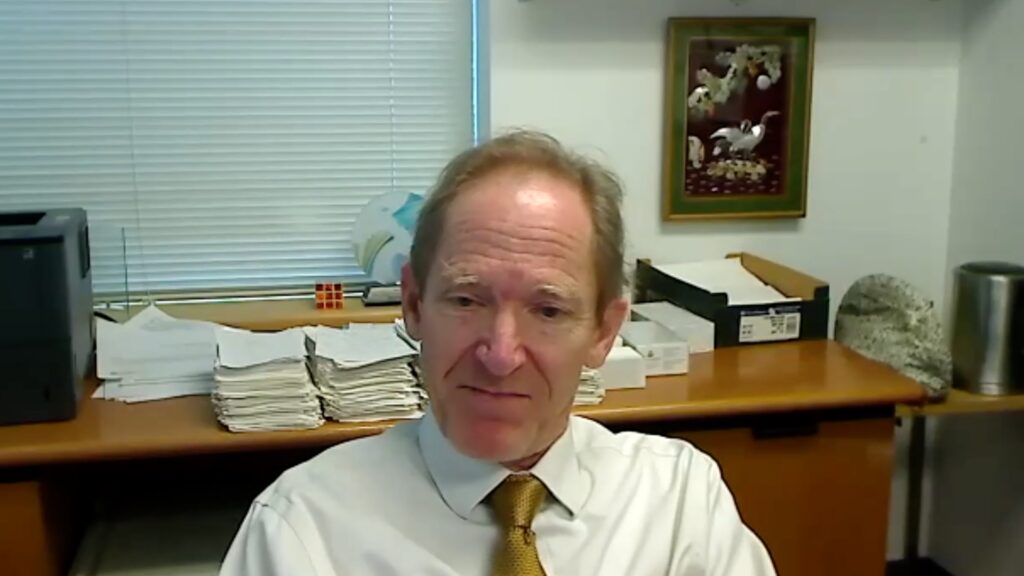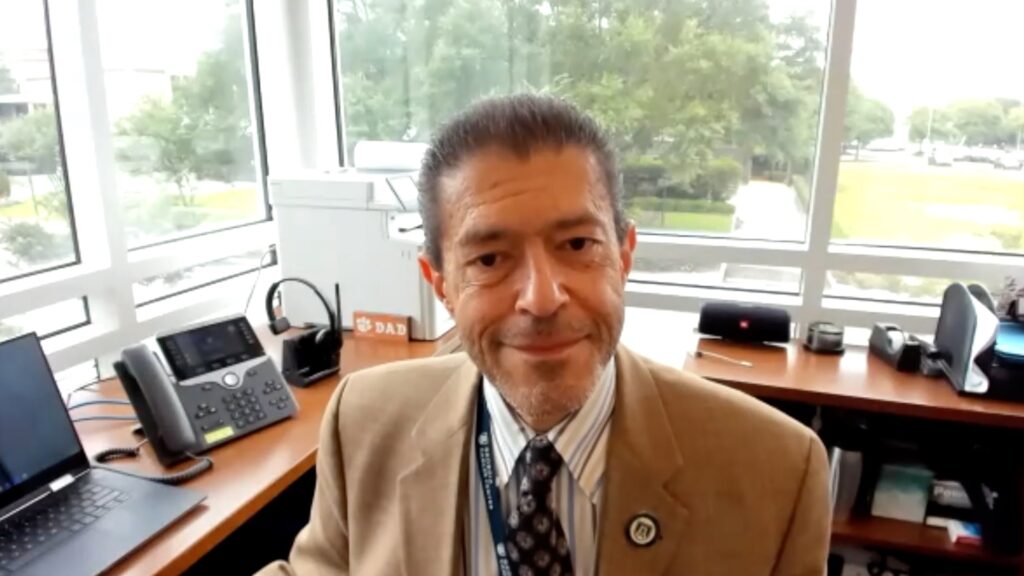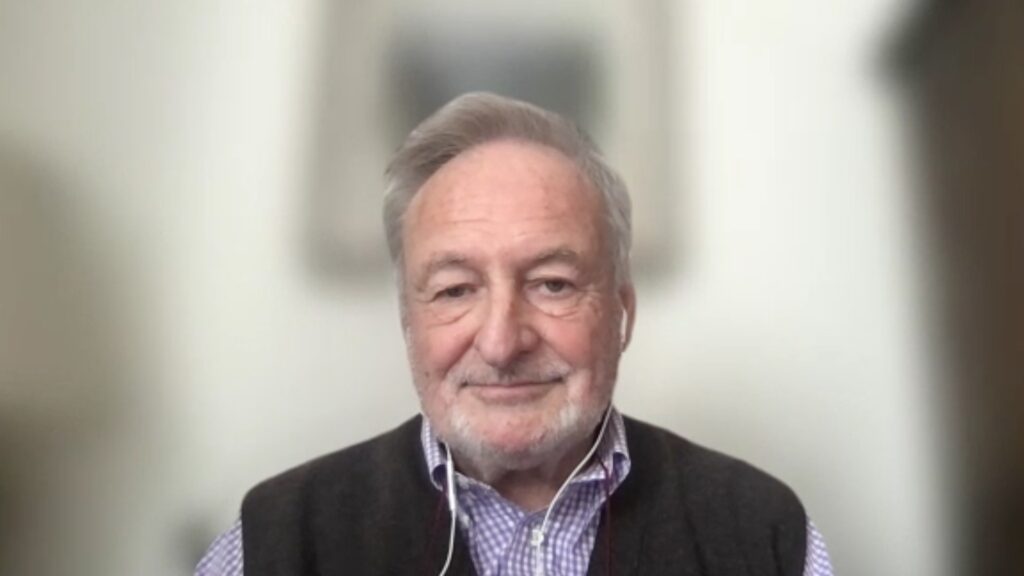 Refractory chronic lymphocytic leukemia (CLL) remains a significant clinical challenge, especially with an increase in patients relapsing after BTK inhibitors and venetoclax. At the European Hematology Association (EHA) 2025 Congress, Daisy Diaz Rohena (University of Texas MD Anderson Cancer Center, Houston, TX, USA) shares insights from her late-breaking abstract using single cell RNA sequencing to map resistance pathways. Her findings reveal that CLL cells maintain BCL2 dependence at relapse but also shift toward alternative anti-apoptotic proteins, including BCL-XL. She discusses the therapeutic potential of WH25244 – a novel PROTAC designed to selectively degrade BCL-XL in cancer cells – and outlines how dual targeting may help overcome resistance.
Refractory chronic lymphocytic leukemia (CLL) remains a significant clinical challenge, especially with an increase in patients relapsing after BTK inhibitors and venetoclax. At the European Hematology Association (EHA) 2025 Congress, Daisy Diaz Rohena (University of Texas MD Anderson Cancer Center, Houston, TX, USA) shares insights from her late-breaking abstract using single cell RNA sequencing to map resistance pathways. Her findings reveal that CLL cells maintain BCL2 dependence at relapse but also shift toward alternative anti-apoptotic proteins, including BCL-XL. She discusses the therapeutic potential of WH25244 – a novel PROTAC designed to selectively degrade BCL-XL in cancer cells – and outlines how dual targeting may help overcome resistance.
The late-breaking abstract, ‘TRANSCRIPTIONAL REPROGRAMMING AND SURVIVAL CO-DEPENDENCIES OF CHRONIC LYMPHOCYTIC LEUKEMIA RESISTANT TO VENETOCLAX)’ (LB4003) was presented at the European Hematology Association (EHA) 2025 Congress from June 12-15th in Milan, Italy.
What are the current challenges in treating refractory high-risk chronic lymphocytic leukemia (CLL)?
One of the major challenges, and the focus of my research, is the diversity of resistance mechanisms in CLL. Both intrapatient and interpatient heterogeneity pose significant obstacles. This heterogeneity occurs not just at the level of mutations but also in transcriptional programs, adding multiple layers of complexity that differ across patients. That variability is what makes the problem so difficult to address.
What does your study reveal about how CLL cells resist both BTK inhibitors and venetoclax, and how does the role of TP53 mutations come into play in these resistant cases?
In our study, we examined 15 patients who relapsed after receiving venetoclax and ibrutinib, either sequentially or in combination. Using single cell RNA sequencing, we compared samples taken before treatment and at relapse. This helped us identify transcriptional changes at relapse, particularly in apoptotic machinery, which is central to venetoclax’s mechanism of action.
We found alternative usage of anti-apoptotic proteins not directly targeted by venetoclax. Specifically, there was increased expression of BCL-XL, BFL1 and BCL2. With single cell RNA sequencing, we observed that BFL1 was restricted to a small subcluster of cells, while BCL2 remained broadly expressed and BCL-XL and MCL1 were more widely detectable after relapse.
We then explored whether cotargeting BCL2 and BCL-XL could overcome resistance. In preclinical models, this strategy was effective – CLL cells remained sensitive to dual targeting both before treatment and after relapse.
What is WH25244, and why is it an exciting development in the context of treatment-resistant CLL?
WH25244 is a proteolysis targeting chimera, or PROTAC, that induces degradation of BCL2 and BCL-XL. What is particularly promising about this molecule is that it selectively degrades BCL-XL in cancer cells while sparing platelets. This selectivity is based on the presence of a enzyme VHL in cancer cells but minimally expressed in platelets, which prevents the thrombocytopenia often associated with BCL-XL inhibition. This design feature is key to improving safety.
Can you summarize the study design and key efficacy and safety findings?
In addition to single cell RNA sequencing, we performed whole exome sequencing to identify resistance-associated mutations. As seen in other studies, we found that mutations in BTK and PLCG2 – both markers of BTK inhibitor resistance – persisted at venetoclax relapse. TP53 mutations were also present in some patients.
We used BH3 profiling to determine which anti-apoptotic proteins the cells relied on. This identified BCL2 and BCL-XL as key survival drivers in relapsed CLL. We then treated relapsed patient-derived CLL cells with WH25244.
To evaluate activity, we performed flow cytometry assays assessing mitochondrial apoptosis and validated findings with western blot and other molecular techniques. The compound induced bona fide apoptosis. Importantly, we also assessed potential toxicity in normal B cells, T cells and platelets, and observed a favorable safety profile in vitro.
What conclusions can be drawn, and what might these findings mean for future clinical practice?
Our data show that CLL cells relapsing on venetoclax do not lose dependence on BCL2 but rather gain additional dependencies on proteins such as BCL-XL. These findings support a rationale for dual targeting. WH25244 is a promising candidate for preclinical development, and we plan to advance to in vivo models and eventually clinical trials.
What presentations are you most excited about at EHA 2025?
I’m especially looking forward to the translational research sessions, including those that use single cell approaches. There will be several presentations on CLL and AML that explore resistance and disease biology at high resolution, which I find particularly valuable.
Browse all EHA25 content here!
Disclosure: Daisy Diaz Rohena has no financial or non-financial conflicts of interest to declare in relation to this article.
Cite: #EHA2025 late-breaker: WH25244 offers hope in relapsed chronic lymphocytic leukemia. touchHAEMATOLOGY. June 25th, 2025
Interviewer: Caroline Markham
This content has been developed independently by Touch Medical Media for touchHAEMATOLOGY. It is not affiliated with the European Hematology Association (EHA). Views expressed are the speaker’s own and do not necessarily reflect the views of Touch Medical Media.
SIGN UP to touchHAEMATOLOGY!
Join our global community today for access to thousands of peer-reviewed articles, expert insights, and learn-on-the-go education across 150+ specialties, plus concise email updates and newsletters so you never miss out.











